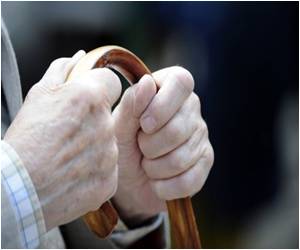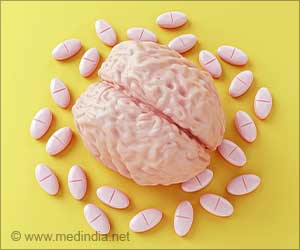Human glia transplanted into mice with the Huntington's disease mutation appeared to keep neurons healthier and extended the animals survival.

‘Replacing sick mouse glia with healthy human brain cells have successfully blunted the progression of Huntington's disease and rescued nerve cells at risk of death.’





The research entailed implanting the animals with human glia cells derived from stem cells. One of the roles of glia, an important support cell found in the brain, is to tend to the health of neurons and the study's findings show that replacing sick mouse glia with healthy human cells blunted the progress of the disease and rescued nerve cells at risk of death. "The role that glia cells play in the progression of Huntington's disease has never really been explored," said Steve Goldman, M.D., Ph.D., co-director of the University of Rochester Center for Translational Neuromedicine. "This study shows that these cells are not only important actors in the disease, but may also hold the key to new treatment strategies."
Most of the damage in Huntington's disease occurs in a region of the brain called the striatum. Researchers have observed that as medium spiny neurons in the striatum die as a result of the disease, and that neighboring glial cells called astrocytes also become sick and do not function properly. However, it had not been clear if the sick astrocytes contributed to the signs and symptoms of the disease.
The researchers conducted a series of experiments in which they isolated human glial progenitors - the cells in the central nervous system that give rise to astrocytes - from both embryonic stem cells and brain tissue and implanted the cells into the striatum of mice with Huntington's disease. Consistent with prior studies, they observed that the resulting human astrocytes outcompeted the native glia cells, resulting in mice with native neurons but human glia.
The researchers discovered that human glia transplanted into mice with the Huntington's disease mutation appeared to keep neurons healthier and extended the animals survival. They also conducted a battery of tests designed to measure the animals' behavior, memory, and motor skills, and the mice with healthy human glia performed significantly better than untreated mice with Huntington's disease. Conversely, when healthy mice were implanted with human glia carrying the genetic mutation that causes Huntington's, the animals exhibited symptoms of the disease.
Advertisement
One of the roles of astrocytes is to function like a sponge and absorb potassium from the space surrounding neurons and create an environment that prevents neurons from becoming overactive. However, this function is impaired in glia in Huntington's disease. The scientists found that the transplanted healthy glia were able to reestablish normal potassium uptake and thereby restore normal neuronal activity and rescue cells that might have otherwise died from hyper-excitability.
Advertisement
Source-Eurekalert









